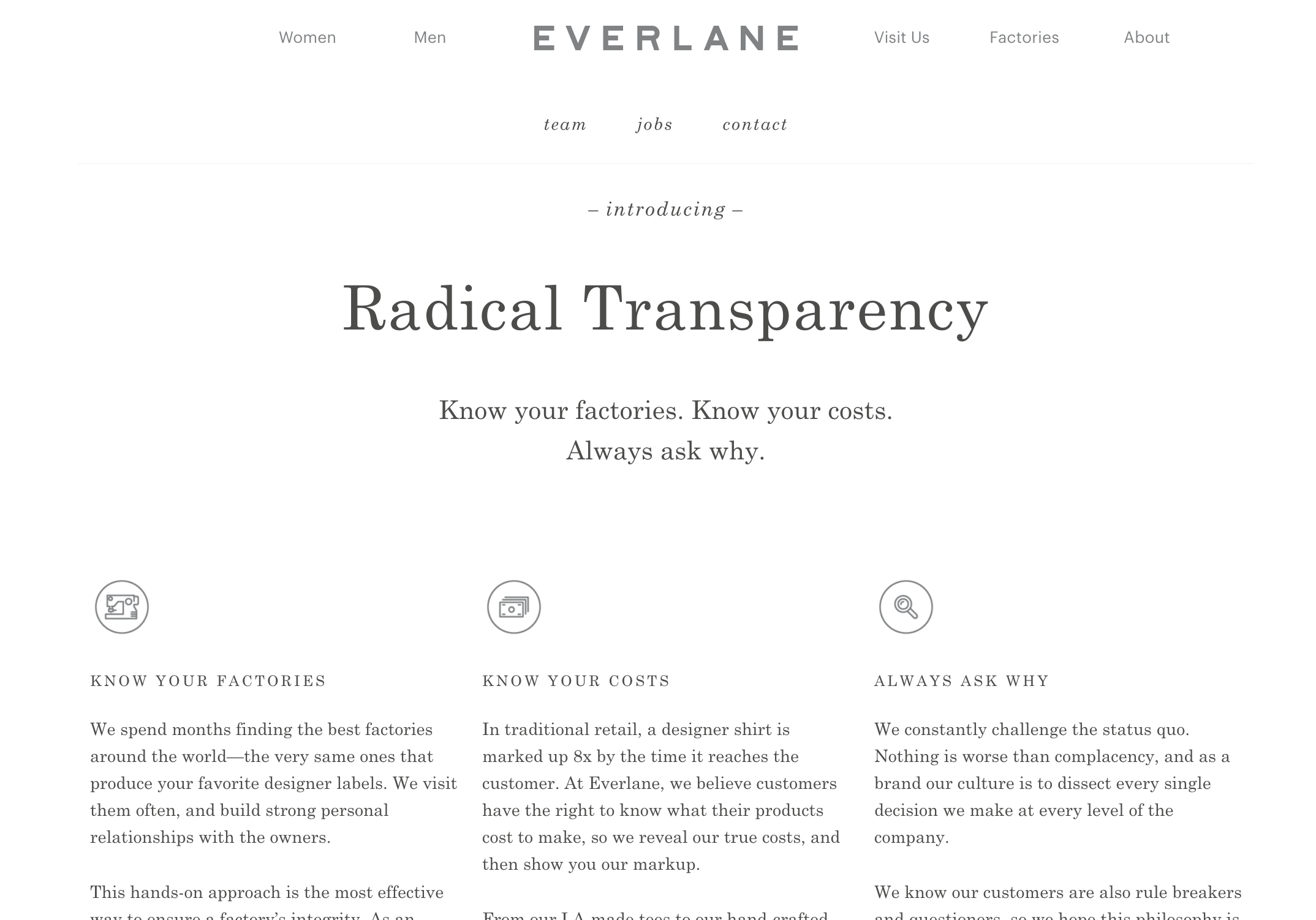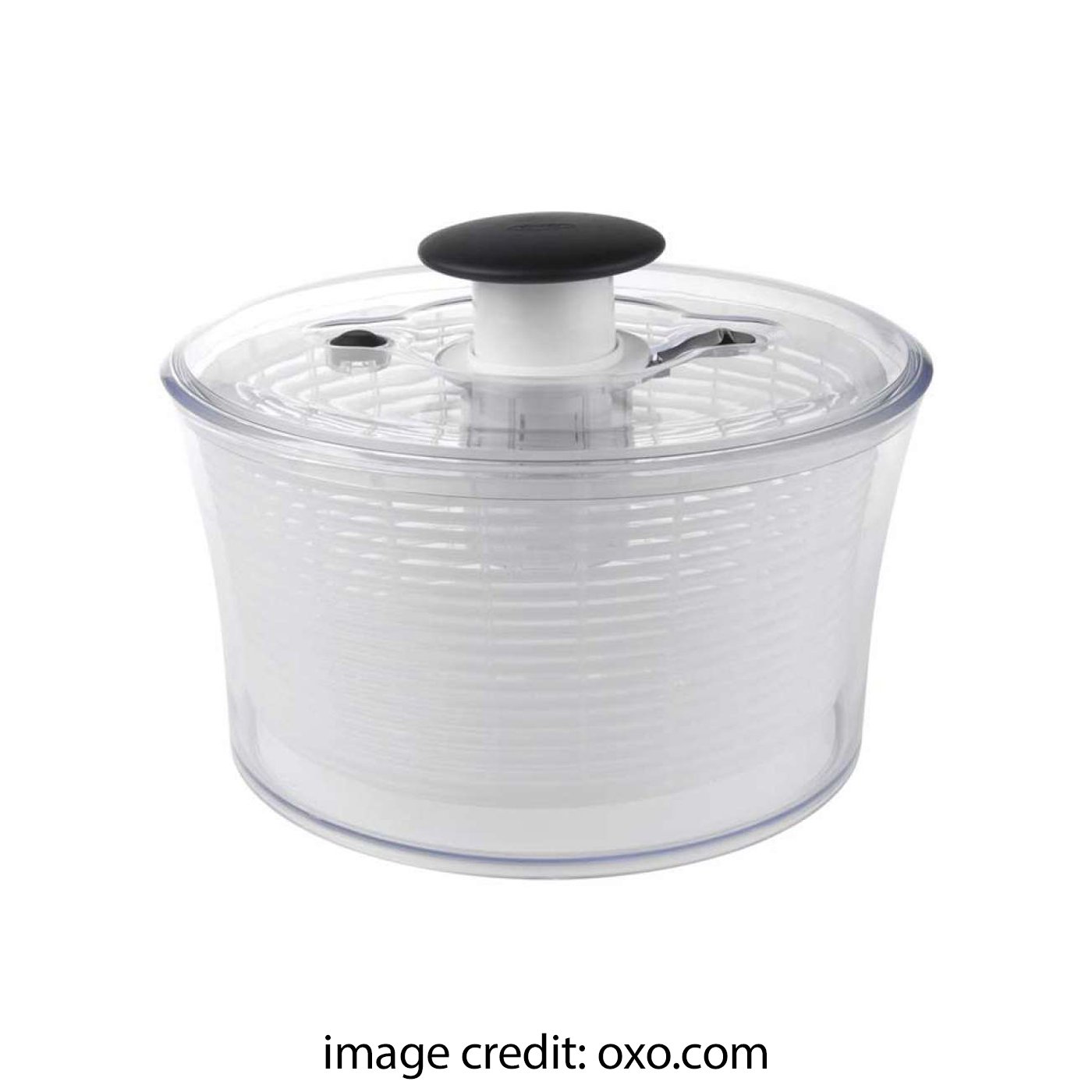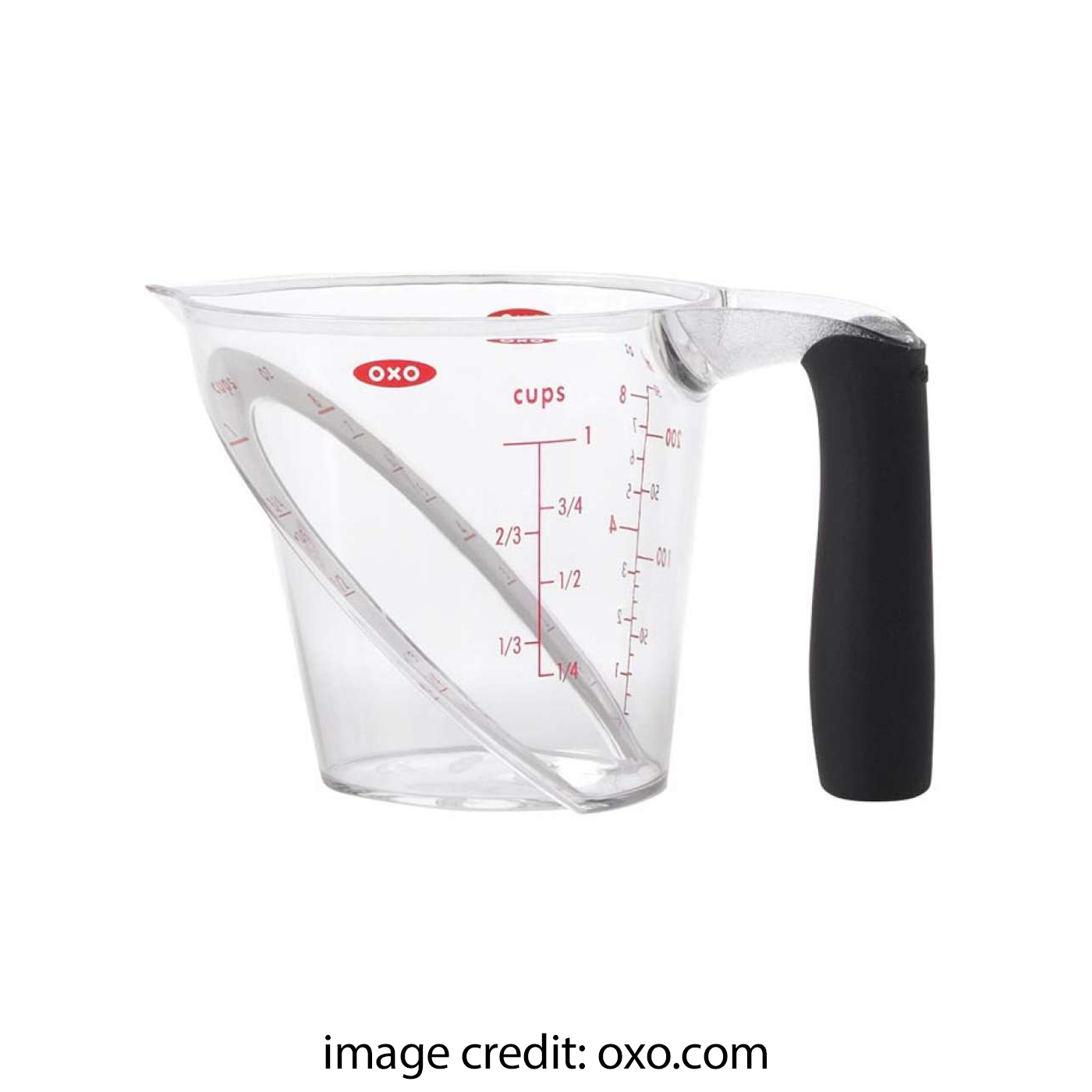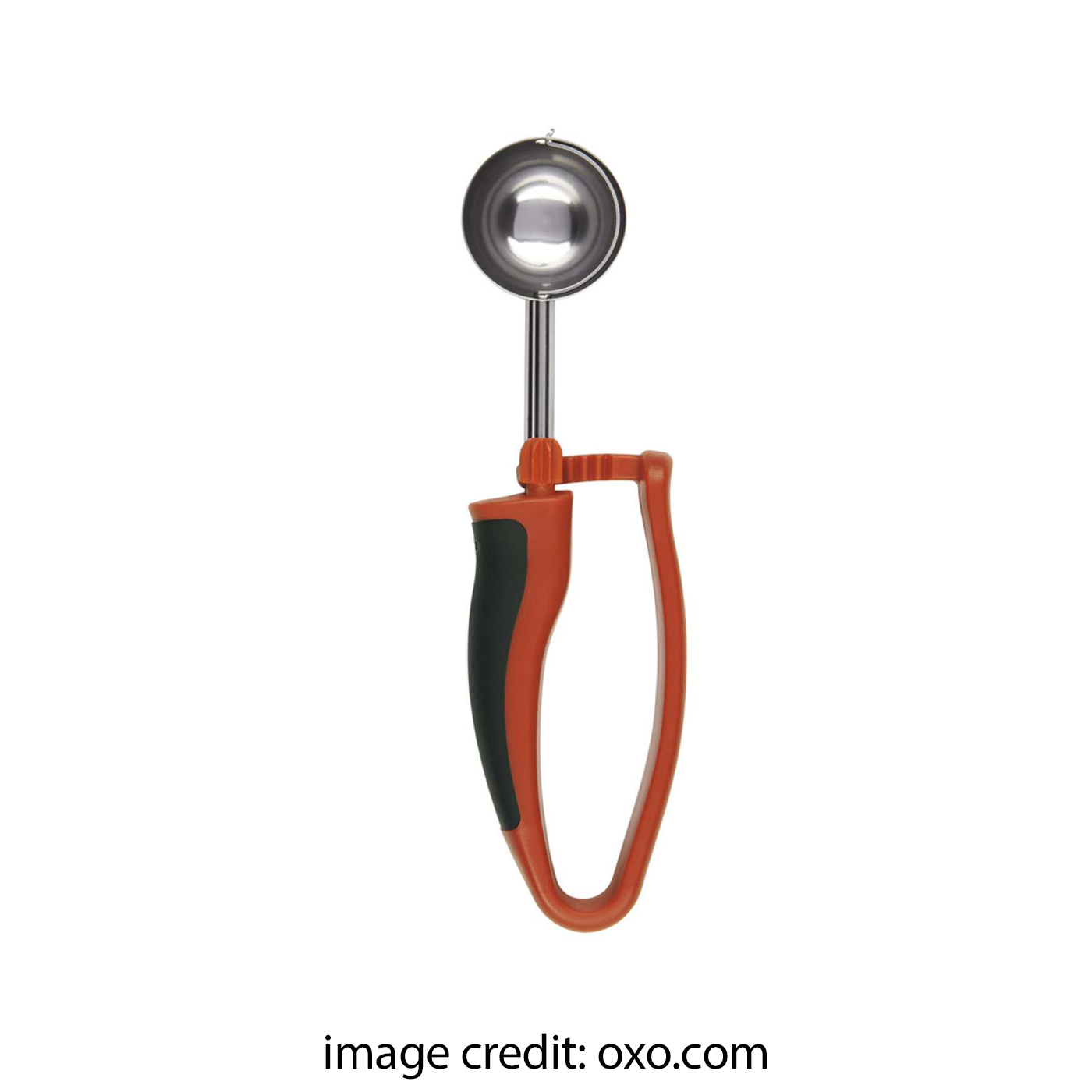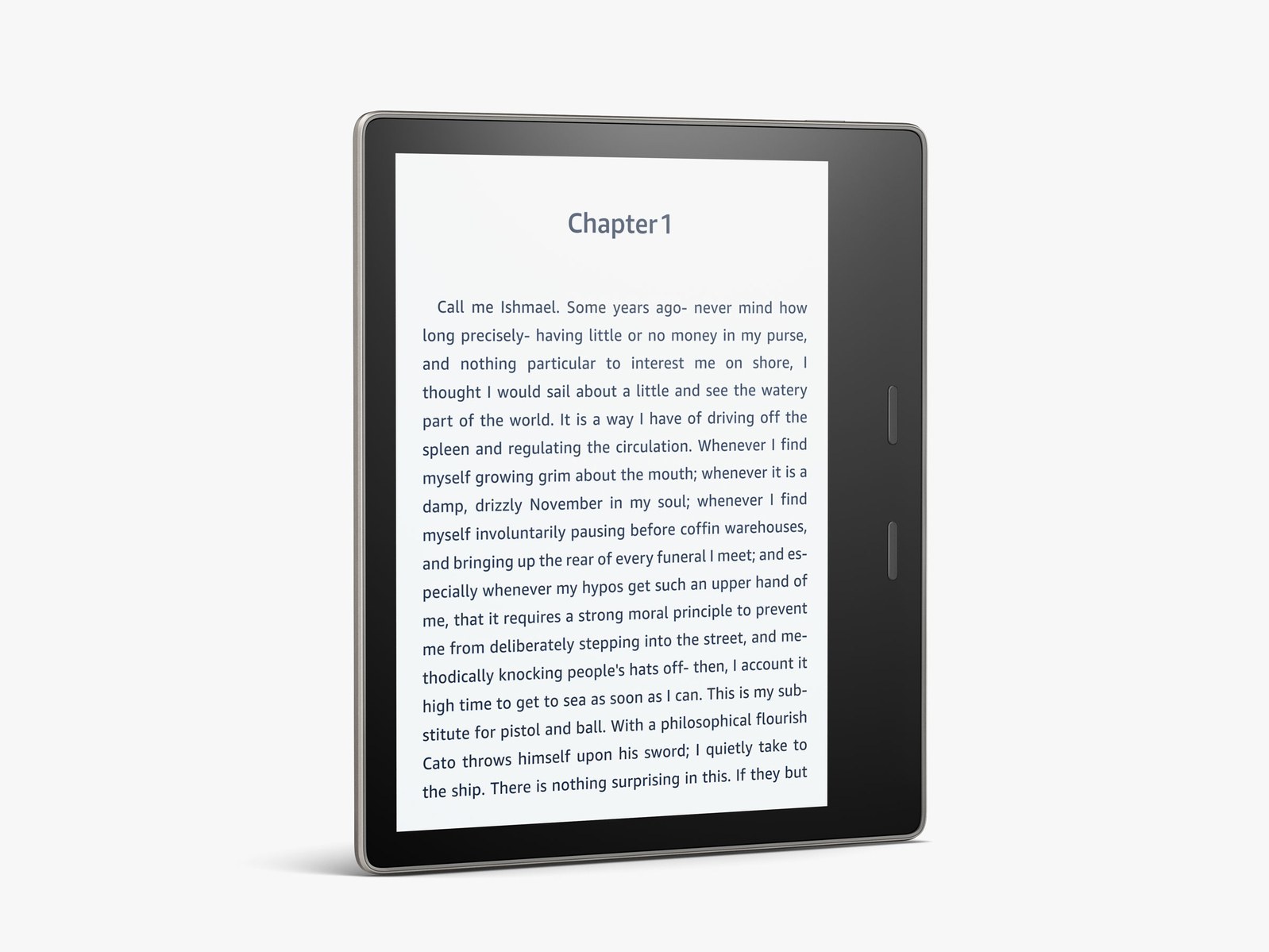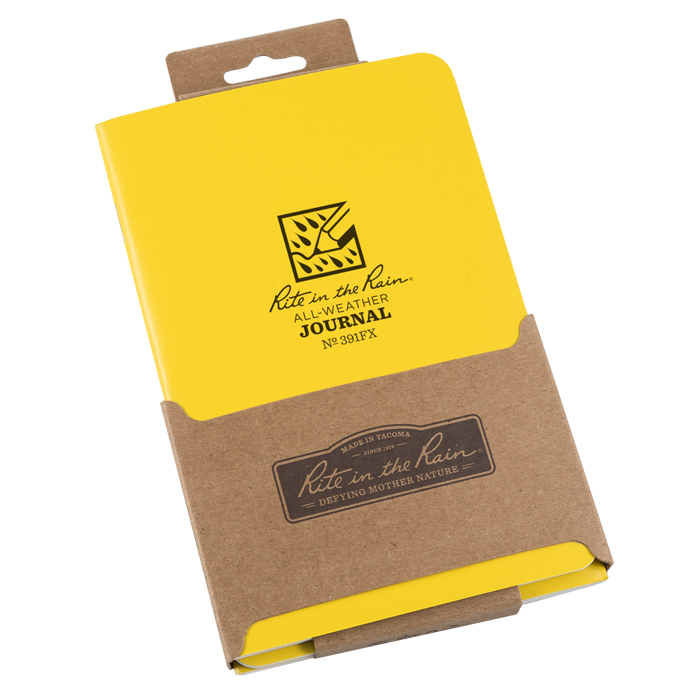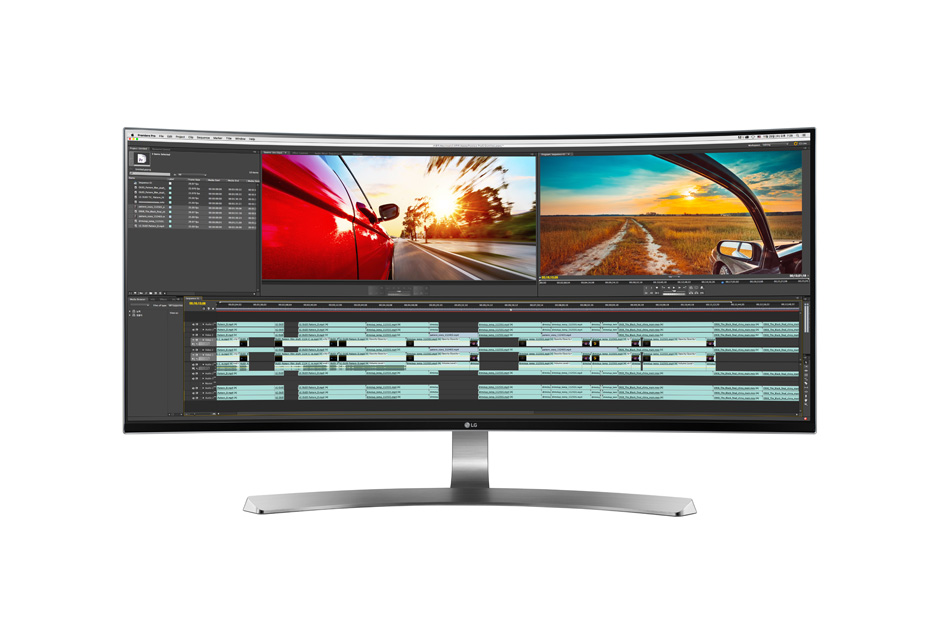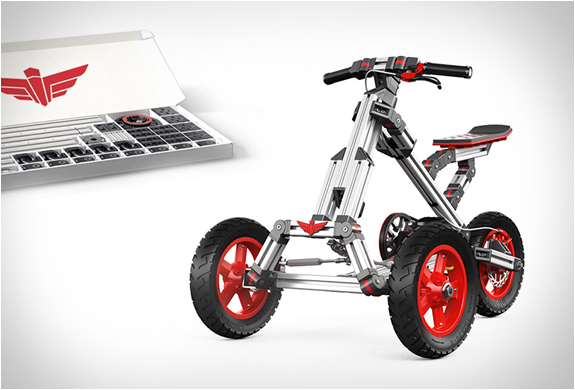All designers have at one point read Dieter Rams’ Ten principles for good design, Bruce Mau’s Incomplete Manifesto for Growth, and the Bauhaus Manifesto by Walter Gropius. They are well known manifestos introduced in school, often in correlation to a art/design history course.
In my last year of school, I had to create my own design manifesto and besides the obvious examples listed above, I didn’t have many examples of how I might present my design values to a specific audience or the general public. With this post, there are two main questions I would like to tackle:
Are design manifestos still relevant?
Where are these manifestos?
Are design manifestos still relevant?
Yes, they are! Alexandra Franzen aptly describes a manifesto as, “A written statement where you publicly declare your intentions, opinions and vision.” The authenticity of these personal and emotive manifestos is partly why they are still a popular tool. At this time, particularly for millennials, people want to feel connected to the people or companies they’re interacting with. A manifesto can act as a window into the designer/company’s DNA, allowing for the transparency everyone seeks.
Where are these manifestos?
Manifestos are being created by many different individuals and groups: artists, designers, politicians, corporations, agencies, non-profits, etc.. In response to people's’ desire for more authentic relationships to the brands they associate with, many companies are trading their mission statements for manifestos. The tricky part is, the statements or artefacts aren’t always “called-out” as manifestos. For example, the online retailer Everlane, has a manifesto of three bold statements: Know Your Factories, Know Your Costs, Always Ask Why. A manifesto hidden in plain sight? The beloved Lululemon shopping bags.
There are still plenty of manifestos labeled as manifestos. If you know where to look, they are wonderful sources of inspiration, particularly on those days when you need that extra creative boost. Below is a list of articles filled with lists of wonderful manifestos. Binge on them now, or savor one manifesto a day… It’s up to you!
- Five Manifestos for the Creative Life, Brain Pickings
- 17 Inspiring Brand Manifestos, Disenthrall
- 11 Design Manifestos You Must Read Today, Redbubble blog
- 5 Inspiring Manifestos For Your Business, 9 Clouds
- Design Manifestos, Medium
- 100+ Years of Design Manifestos, Social Design Notes
Books as manifestos
- The Design of Everyday Things by Donald Norman
- Cradle to Cradle by William McDonough and Michael Braungart
- Design for the Real World by Victor Papanek
Lindsay Schultz
Researcher at CHOi Design Inc.
----
Click here to connect with us regarding your next design program!


